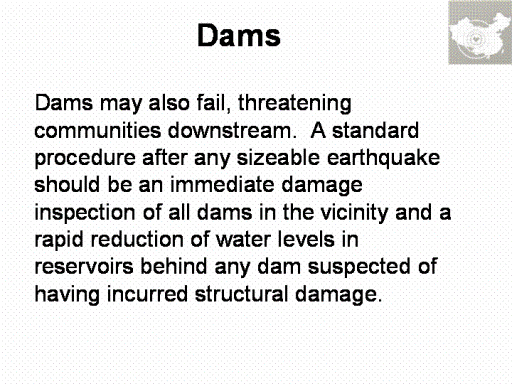 |
Structural Factors Trauma caused by
partial or complete collapse of human-made structures is overwhelmingly the
most common cause of death and injury in most earthquakes (5). About 75% of
fatalities attributed to earthquakes this century were caused by the
collapse of buildings that were not adequately designed for earthquake
resistance, were built with inadequate materials, or were poorly constructed
(64). Results of field surveys following earthquakes have demonstrated that
different building types and structural systems deteriorate in different
ways when subjected to strong earthquake ground-motion vibration. There is
also evidence that different types of buildings inflict injuries in
different ways and to different degrees of severity when they collapse
(33,65,66). |
